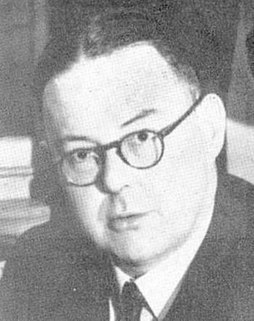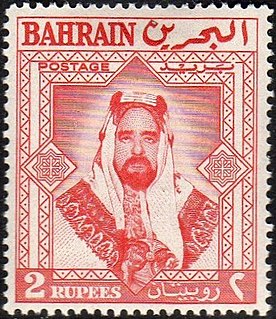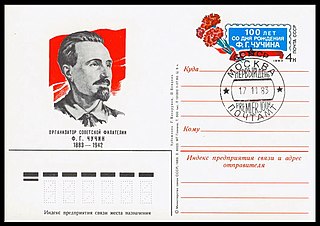Career
Barefoot trades as a stamp dealer in York, England, specialising in European stamps. [3] Scott Tiffney, librarian at the American Philatelic Research Library, has described Barefoot as a "notable stamp dealer", and observed that his catalogues began to appear as revenue philately began to enjoy a renaissance in the 1970s. [4]
Barefoot has produced three series of publications:

- The European Philately series of booklets which The London Philatelist welcomed as dealing with material "beyond the scope of the standard catalogues" such as postmarks, proofs, errors, revenues, and local stamps. [5]
- The Forgery and Reprint Guides. Booklets to assist in the "identification of forgeries, forged overprints, reprints, forged or doubtful postmarks and other problem stamps". [6]
- The catalogues of revenue stamps collectively known to collectors as the "Barefoot catalogue", [7] [8] the largest volume of which is his British Commonwealth Revenues, first issued with Andrew Hall in 142 pages in 1980. [9] The fifth edition was described by Clive Akerman in Gibbons Stamp Monthly as the "only comprehensive illustrated listing of the adhesive revenue stamps of the Commonwealth". [10] In The London Philatelist, he described the sixth edition as "one of the revenue world's most important publications" and the equivalent for revenue stamps of Stanley Gibbons' British Commonwealth postage stamp catalogue. [11] Akerman noted that the catalogue had continued to expand, from 219 to 271 pages in the sixth edition, as collectors continued to find new stamps and varieties of existing stamps for inclusion. [12] In reviewing the 8th edition in 2008, Dingle Smith noted that the catalogue, which he described as "the A (Aden) to Z (Zululand) for British Commonwealth revenues" had many new entries, particularly of Australian stamps. [13] By the tenth edition, published in 2019, the catalogue was over 500 pages long. [14]
Barefoot was also the editor of the Journal of Chinese Philately . [15]
In 2012 and 2013 a discussion took place in the pages of The Revenue Journal about the interface between postage stamp catalogues and revenue stamp catalogues in which the policies of the Stanley Gibbons (postage) and Barefoot (revenue) catalogues were compared and comment received from both, with John Barefoot observing that many of the most highly priced stamps in Gibbons' catalogues were used primarily or wholly for revenue (fiscal) purposes. [16] In a guest editorial for The Revenue Journal in 2015, he extolled the benefits of revenue philately over collecting postage stamps, describing revenues as coming with a "fat-free guarantee, virtually free of exploitative commemoratives and made-for-collector issues." [17]

















